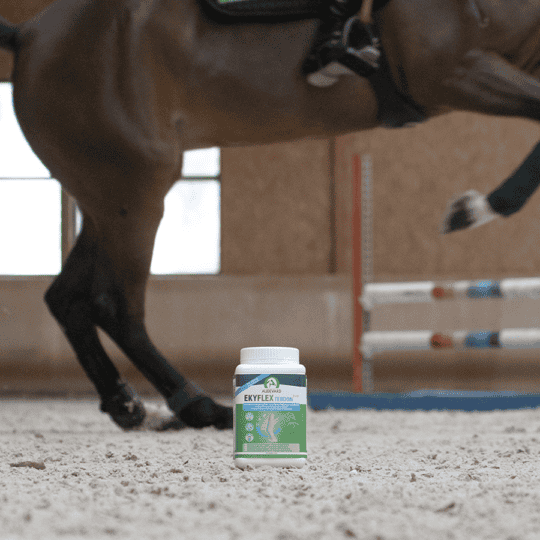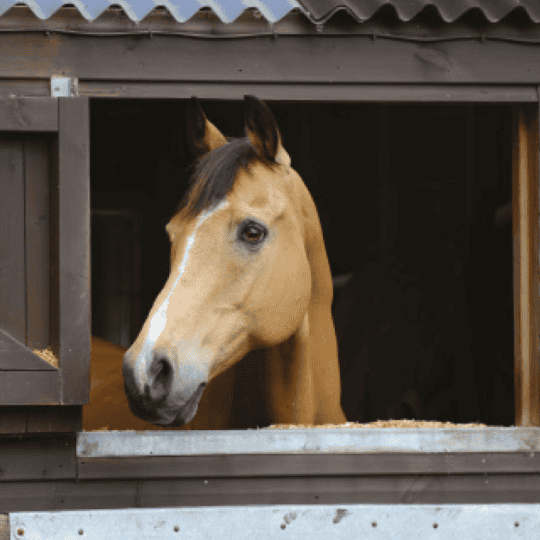Cracking the code
Posted 8th August 2023
Does your horse show unwanted behaviour? Vet Nic de Brauwere explains why he could be trying to tell you he’s in pain

Behaviour is vital form of communication for all animals. Horses rely on posture, movement and facial expressions as their primary means of communication when interacting both with other individual horses and with any non-equine species – and this includes humans. As a result, it’s important to pay attention to how your horse behaves, particularly if you notice a negative change, because he could be trying to tell you something.
Unwanted or abnormal behaviour is invariably a sign that something isn’t right. For this reason, it’s important not to think of or describe it as a character defect, quirkiness or ‘playing up’. The causes of unwanted behaviour may be psychological or physical – or both – and one of the most common reasons is pain.
Identifying and then address the underlying issues are essential steps to take if you’re to successfully support your horse’s health.
Spot the signs
Some horse behaviours have long been associated with pain and are recognised as health red flags. An individual who’s lame, or rolling and flank watching, is unlikely to be described as naughty or pushed harder to work in an outline. Chances are he’ll be rested, monitored and the underlying cause investigated and treated.
However, more subtle adverse behaviours are now also known to be possible signs of pain or discomfort. These can be easier to overlook, ignore or misinterpret, which results in the horse’s management remaining unchanged and the source of pain going undiagnosed and untreated.
This not only continues to affect a horse’s quality of life, but it can also allow a degenerative condition to progress, potentially increasing the pain levels and forcing the horse to adopt ever more challenging behaviour in an effort to communicate or evade his discomfort.
Did you know?
The Horse Grimace Scale assesses facial expression to help owners identify subtle signs of discomfort or stress.
Did you know?
Individual horses may express pain in different ways, despite having a similar condition. Equally, the same behaviour can also be caused by a number of issues. As a result, there’s no simple cause and effect.
Discover more about horse behaviour and diagnosing pain with Nic in September Horse&Rider – on sale now!











